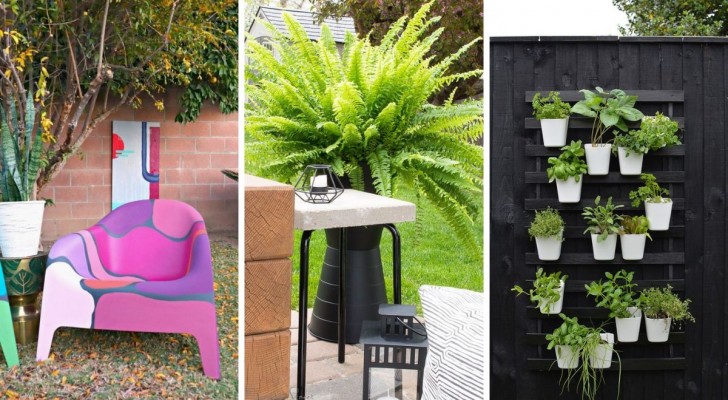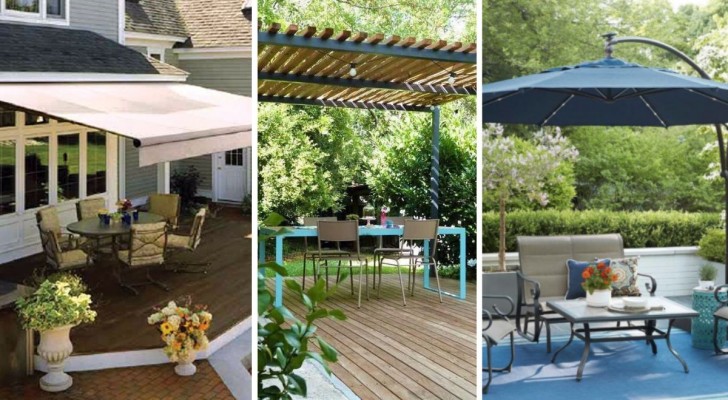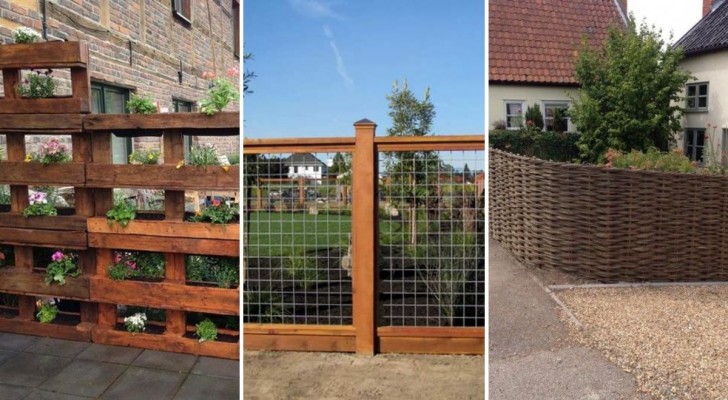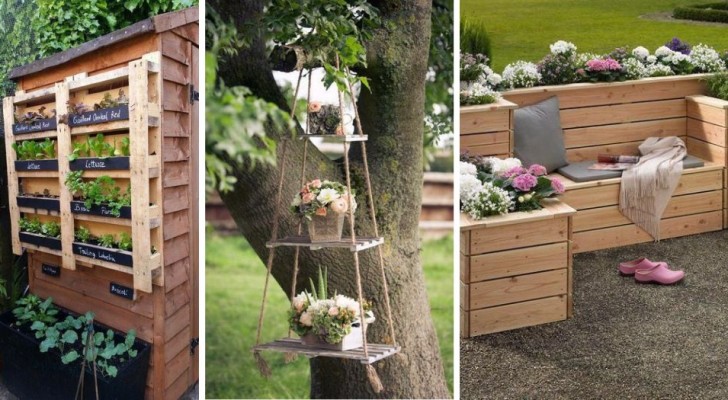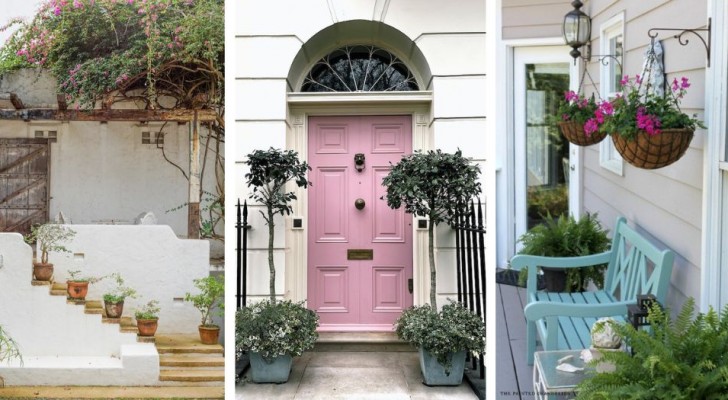Use all kinds of rocks and stones to decorate your garden with style and creativity
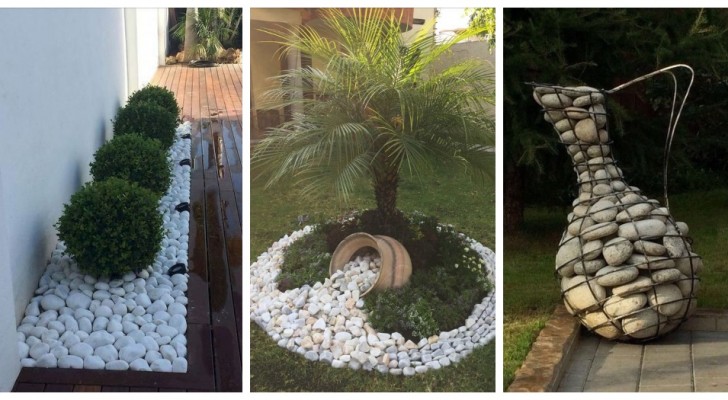
Using natural elements to create movement in our gardens is an almost foolproof way to create pleasant landscapes around us. This not only means choosing the best arrangements for shrubs and trees, but also defining spaces by laying flower beds, paths and borders; or by adding decorations: just like for indoors we choose ornaments or decorative elements of various kinds, we can do the same outdoors, using sculptures and installations of various kinds.
All these features can be achieved by using various types of stones and rocks: round and shiny, of every shade, or perhaps even smaller and more irregular slabs and rock fragments can be used. There are tons of ways to use these objects in the garden, and you can see some of them described below:
A trend that is very popular these days involves the use of white, rounded stones (also known as river stones): they can be small pebbles or larger stones, and are usually used to demarcate areas on the ground, creating a color contrast with the surrounding areas. For example, they can be laid along/within flower beds that run along the walls of the house and thereby create an attractive space between the walls and the lawn.
Or they can be inserted into paved areas, both brick and wood: they create a layering on the ground, nestling the plants, (which are usually shrubs pruned into specific geometric shapes), which also act as barrier to prevent the growth of weeds. The stones also to keep humidity in the soil for longer during the summer.
Alternatively, they can be used to just surround the plants in the bed, leaving the rest of the soil bare, or covering it with a seasonal mulch, such as that made from bark.
Light-colored stones can also serve as a border to demarcate a flower bed in the middle of the lawn, perhaps even with artistic touches, for example, made to look as if all the stones are being poured onto the ground from an overturned amphora.
And by using bigger rocks, with a little concrete, you could create an infinity of raised flower beds types: squares that abutt the walls or that make an embankment on a slope, or even circular ones (and of any other shape you want), positioned in the middle of a flat, uninteresting area.
Using pebbles and river stones as if they were pieces of a mosaic, you could create paths decorated with abstract, floral or geometric patterns.
Rocks can also be used to create entire features of the garden such as stairways and embankments, just like one would use bricks for the same purpose. Depending on the type of rock chosen, very different results will be obtained, even if the basic layout is the same.
Often, along the sea side or along mountain paths, cairns are built. They are dry-stacked stones that over time tend to collapse (at least, in part). However, if you want to use a cairn as a fixed decoration in the garden, you could join the stones together (after having drilled a hole through them) with a round, metal bar. It is the same technique that is used to transform the cairns (or cairn piles) into fountains.
Then there are the so-called "gabions" or cages made with a thick metal mesh and filled with stones that are increasingly becoming popular as part of the architecture of gardens. In addition to simple geometric shapes, you can use this approach to create more artistically bold designs.
And even children can contribute to using stones to decorate the garden: getting them to paint round, smooth rocks like flower petals is a nice idea ...
... as well as transforming stones into some colorful creatures, such as ladybugs!
How would you like to use stones and rocks in your garden?
